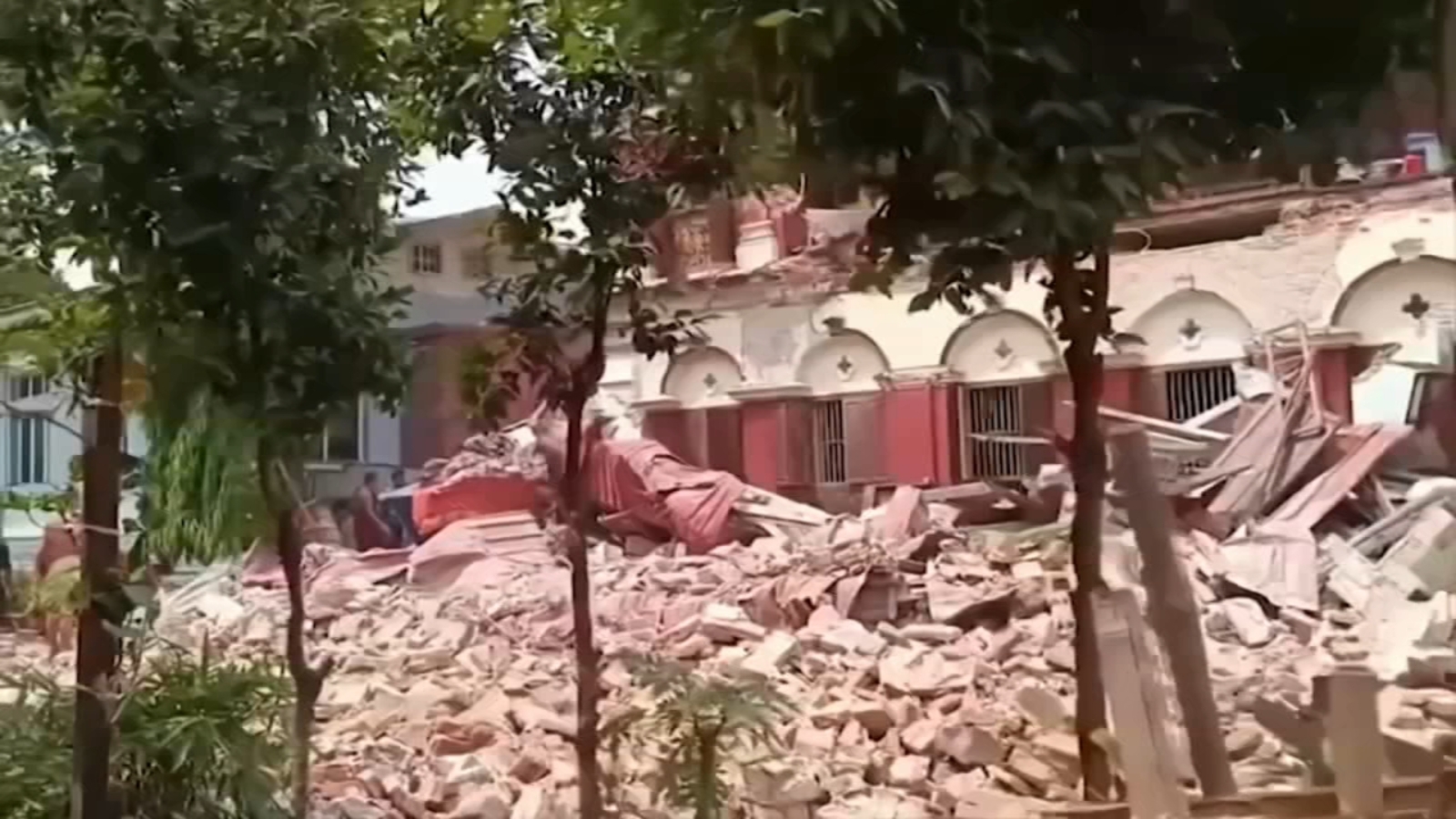
"Researchers at CalTech found that the Sagaing Fault shifted more than 500 km, far beyond what they thought was possible. This is a major finding as it suggests faults like the San Andreas could produce larger and more complex quakes."
"The research also challenges existing models used to predict earthquakes, which are based on past events. Instead, this study suggests that earthquakes might not just repeat what's happened before; they could actually release much more energy or be comprised of smaller clusters of quakes."
"Its findings indicate that fault lines might rupture over a more extensive area than previously anticipated. The ability of the earthquake to re-rupture previously affected segments adds to the complexity of earthquake prediction."
"The message is that maybe the next earthquake would rupture the whole time-compressed stress accumulated along fault lines, indicating a need for revised predictive models."
A recent 7.7 magnitude earthquake in Myanmar has significant implications for seismic research, particularly concerning the Sagaing Fault's behavior. CalTech researchers used satellite imagery to track a 500 km fault shift, suggesting that similar faults, like the San Andreas, may experience more severe earthquakes than previously predicted. Existing models based on historical events are questioned by this research, indicating that earthquakes could release more energy or occur in smaller clusters. The findings emphasize a potential for the next major quake to affect much larger regions due to accumulated stress.
Read at ABC7 San Francisco
Unable to calculate read time
Collection
[
|
...
]